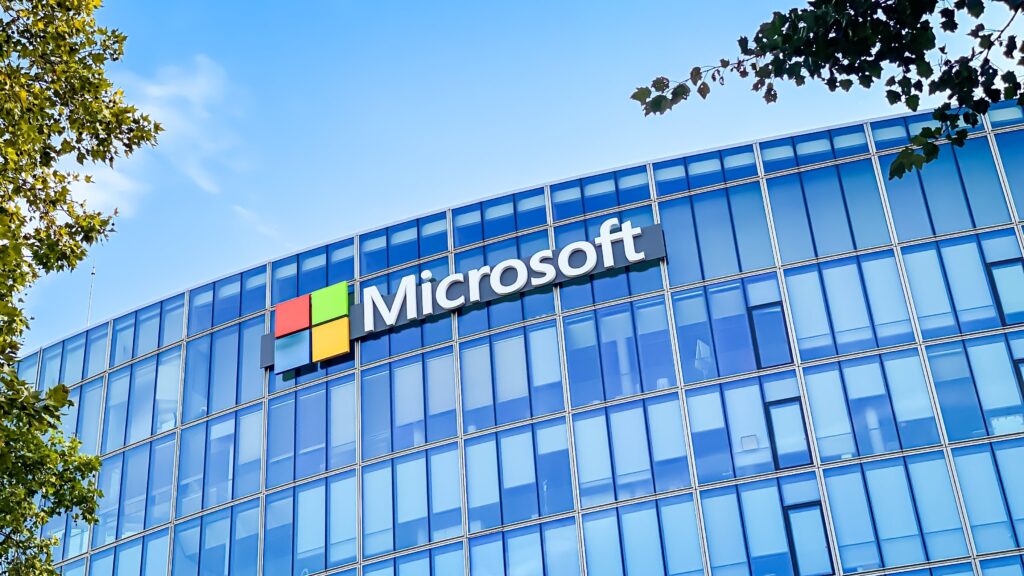A major deadline is approaching for computer users worldwide. On Tuesday, 14 October, Microsoft will officially end support for Windows 10. After that date, the operating system will no longer receive security updates, leaving computers more exposed to hackers and malware. Without patches, older devices will become easier targets. Microsoft is urging users to upgrade to Windows 11 for free, though many machines do not meet the hardware requirements. Nathan Proctor, senior director at US consumer group PIRG, warns that the decision could harm both consumers and the environment.
Millions still using Windows 10
Windows remains the world’s most popular operating system. Microsoft says it runs on more than 1.4 billion devices. According to Statcounter, around 43% of them were still using Windows 10 in July 2025. In the UK, consumer group Which? estimates that 21 million people continue to rely on Windows 10. A recent survey found that one in four users plan to keep using it even after support ends, while one in seven intend to buy a new computer.
Consumer advocates have criticised Microsoft’s move, saying it will force unnecessary spending and create more electronic waste. “People are tired of living with short-lived products that lose support too quickly,” said Proctor. “We deserve technology that lasts,” he added.
What users should do before October
Microsoft gives users two main choices. They can upgrade to Windows 11 or sign up for extended security updates (ESU) for another year. Both options are available in the “Privacy and Security” section of system settings. Users with compatible PCs can upgrade to Windows 11 for free. However, many will need to purchase new hardware, even if their current computers still function well.
For those unable or unwilling to upgrade, Microsoft offers ESU, which provides vital security patches until October 2026. The service does not include technical support or new features. Users in the European Economic Area can register for free. Others can qualify by updating to the latest Windows 10 version, having a Microsoft account, and backing up their settings.
If users do not meet these requirements, they must pay $30 (£22) or use 1,000 Microsoft Rewards points to access ESU. Businesses will pay $61 per device, depending on region.
What happens when support ends
Since its 2015 launch, Windows 10 has received consistent updates to improve performance, security, and usability. Microsoft now encourages users to move to Windows 11, but the newer system has stricter hardware requirements and demands a Microsoft account for full use. Even users signing up for ESU must have a Microsoft account. Some have voiced privacy concerns about this rule.
The danger of ignoring the deadline
After 14 October, Windows 10 PCs will no longer receive critical security updates. This will leave them increasingly vulnerable to cyber threats such as malware, ransomware, and viruses. Over time, protection will weaken as new vulnerabilities emerge.
Recent cyberattacks have hit major retailers, car manufacturers, and childcare providers. Microsoft’s Chief Marketing Officer, Yusuf Mehdi, warns that companies using unsupported software could face compliance issues and higher risks of breaches. Developers may also stop updating apps for Windows 10, leading to compatibility problems.
For millions of users, time is running out. Upgrading ensures continued protection and performance, while staying on Windows 10 could mean facing rising digital threats and long-term costs.


